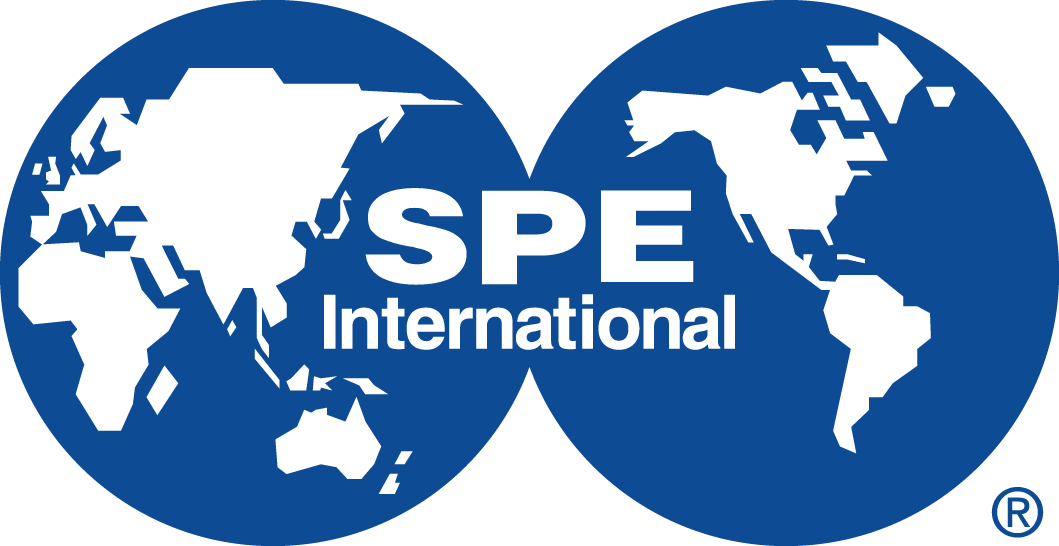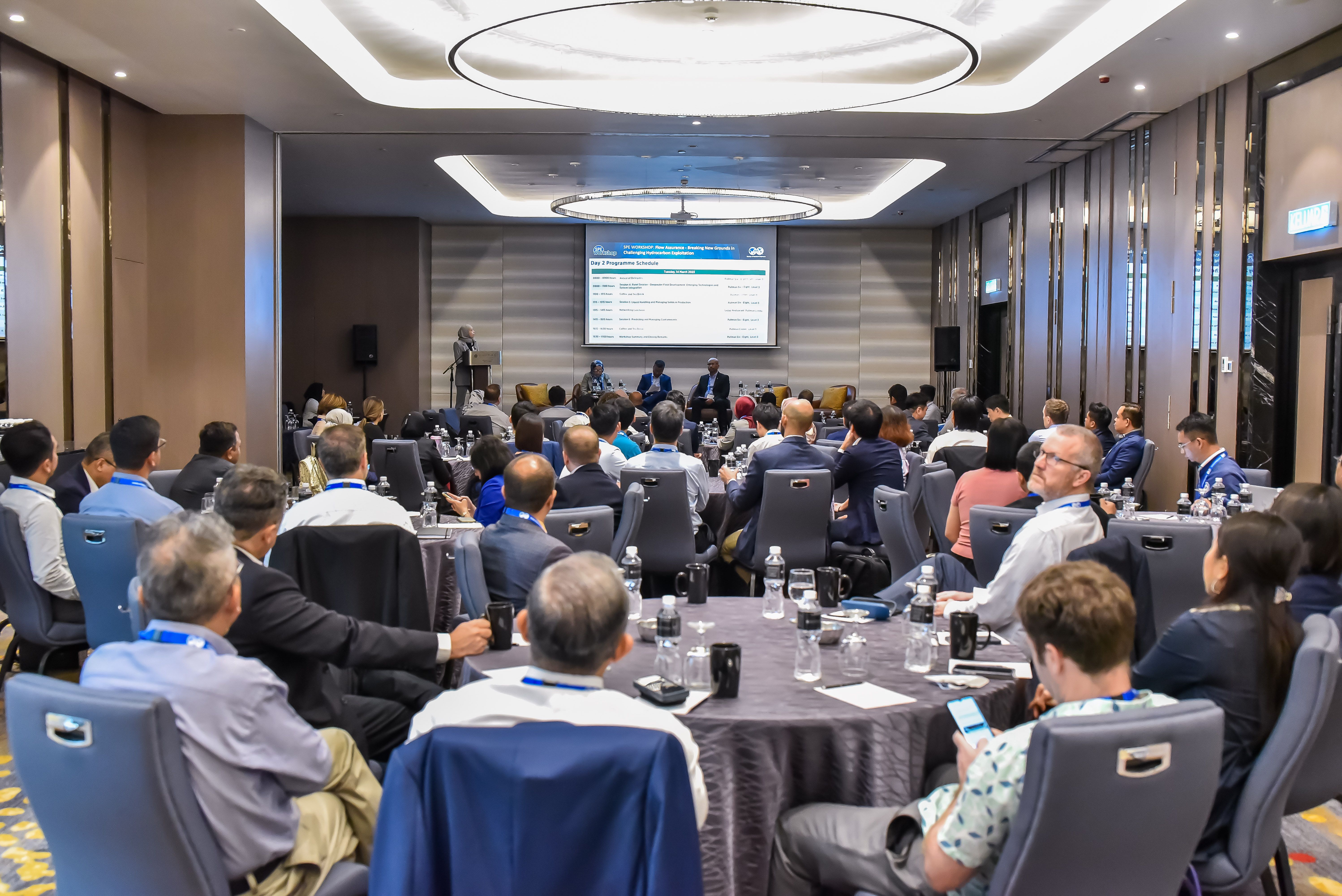Adaptable Methods in Unified Reservoir Modeling and Simulation During the Digital Age
Reservoir modelling and characterisation are fundamental practices in the oil and gas industry, serving as essential tools for field development planning and management. These critical processes underpin resource estimation and the formulation of exploitation strategies, crucial for investment decisions, operational management, and surveillance, all aimed at optimising recovery. The evolution of simulation software and advancements in high-performance computing have notably expanded the scope and precision of reservoir characterisation, enabling more sophisticated analyses and decision-making processes.
Despite significant progress, there remains a compelling drive within the industry to delve deeper into the intricate physics and chemistry governing fluid flow in porous media. This pursuit encompasses a multifaceted approach, including the exploration of rock-fluid interactions and the seamless integration of subsurface and surface dynamics. Embracing automation and data-driven methodologies in reservoir characterisation and modelling holds the promise of bridging the gap between projected forecasts and actual performance, a major challenge on the reliability of modelling studies.



